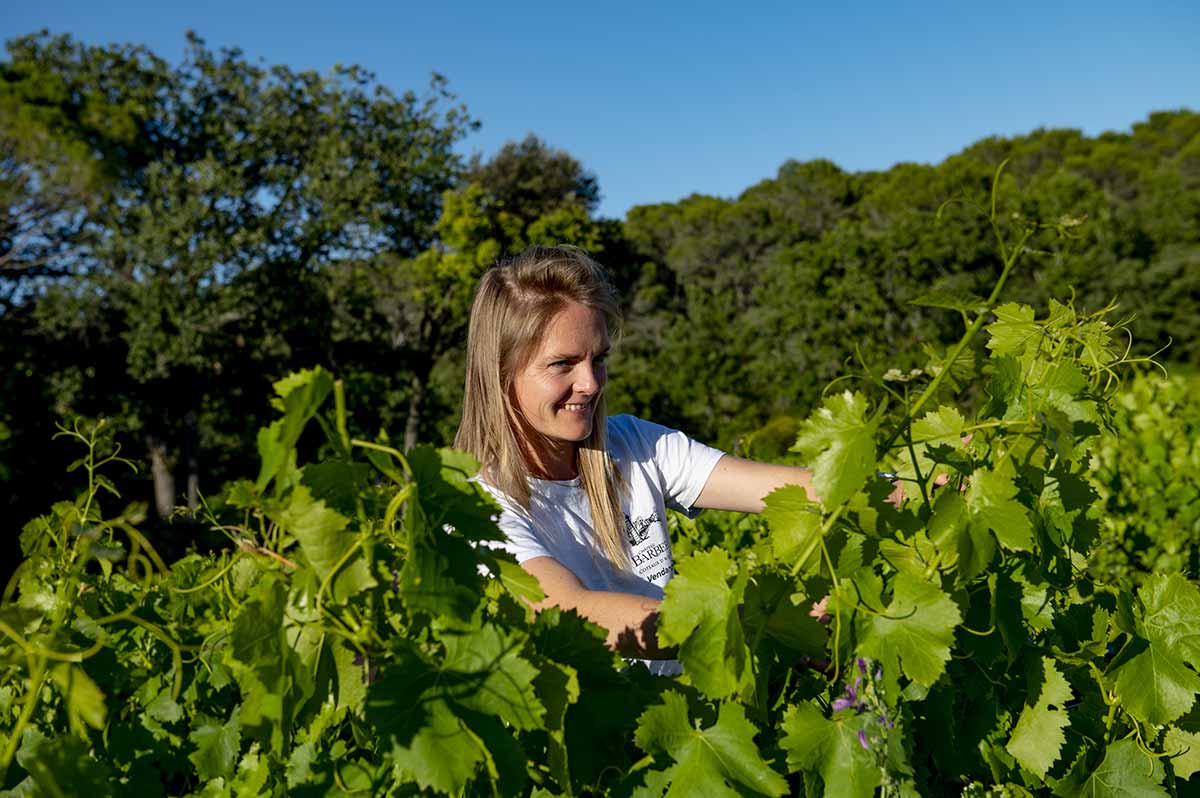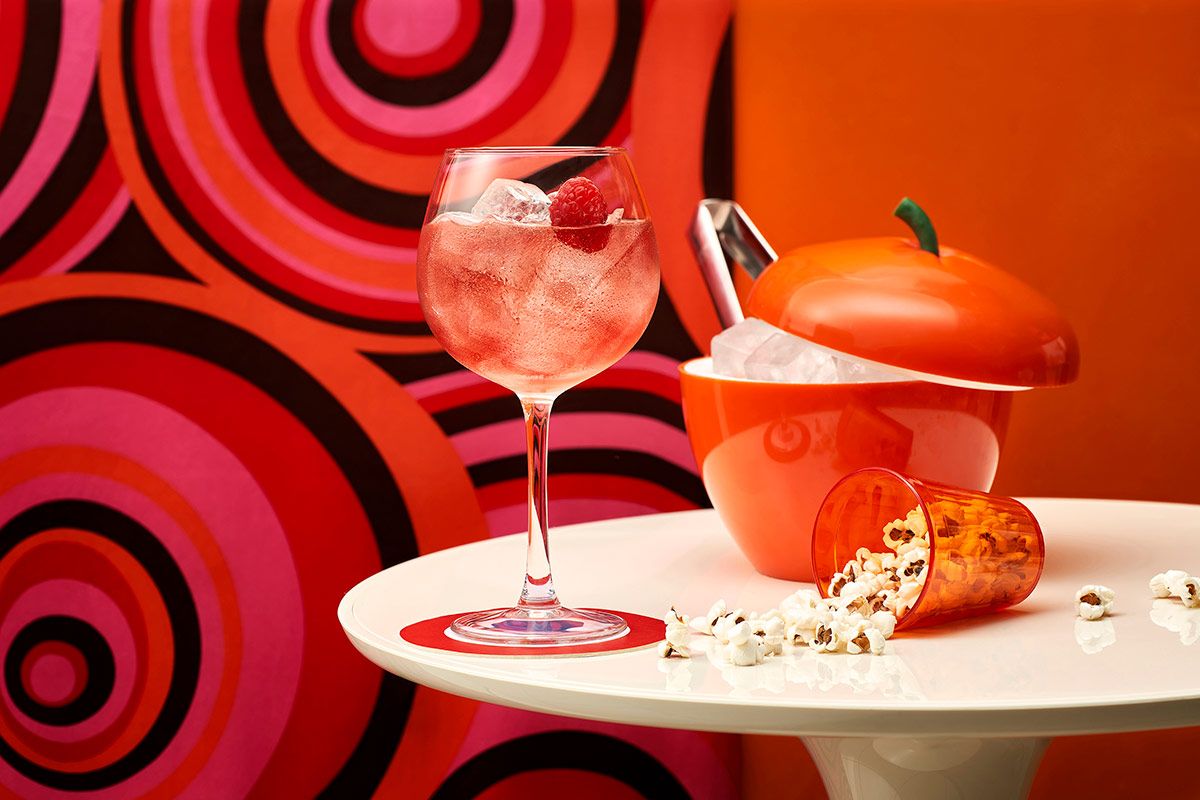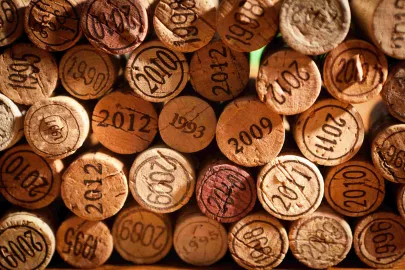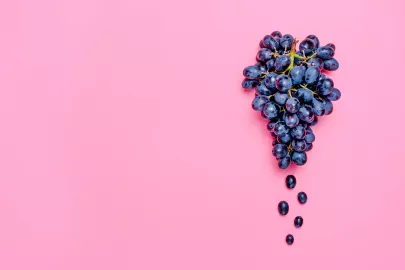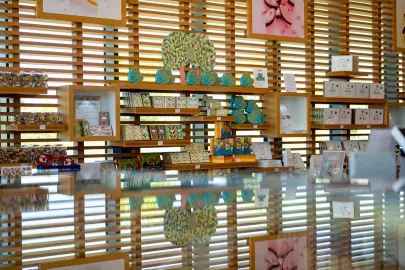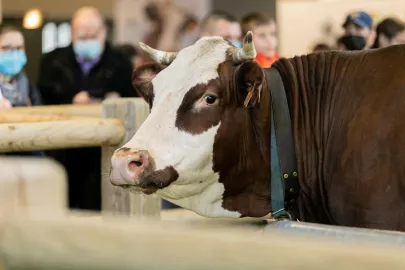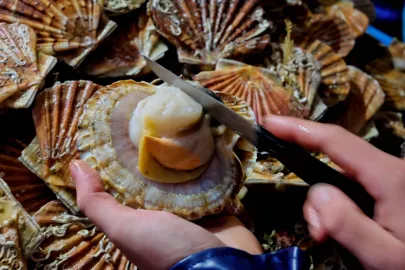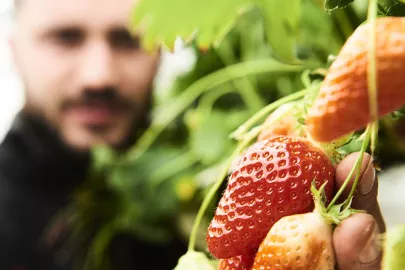In the world of rosé wine, not all pink is created equal. Contrary to popular belief, rosé is actually a much more complex style of French wine than you might think. There are three main ways in which rosé wines get their color: direct press, saignée, and blending. Each of these techniques brings a different shade of pink to the table and creates varying styles of wine all across the flavor profile spectrum. Here’s the gist:
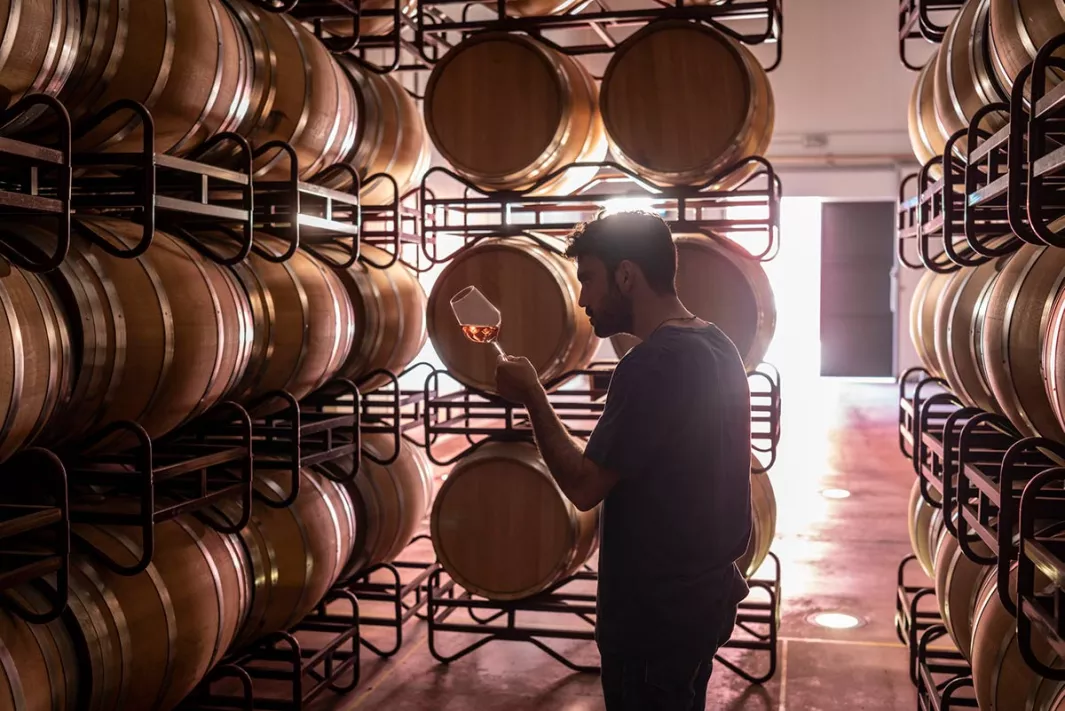
Direct Press
Direct press is the most common method for making rosé. This technique is executed exactly as it sounds. Grapes are picked, brought back to the winery, and the juice is immediately pressed out from the berries. The amount of time that the juice spends in contact with the skins determines the wine’s final color. Longer skin-contact periods will ultimately lead to darker-hued rosés.
In certain parts of France, most commonly in Provence, this method (when executed with zero skin contact) is referred to as vin gris (grey wine). This means that the juice is immediately pressed and removed from the skins without any skin contact, resulting in extremely pale-hued juice.
Saignée
The saignée method incorporates removing a portion of juice from an already-fermenting red wine to create two final products, a rosé wine, and red wine. This technique is used when a winemaker is already in the process of creating a red wine and decides to make it more concentrated. To do this, the winemaker bleeds off (saignée) some of the juice from the red wine. The ‘bled off’ wine is vinified and bottled as rosé, while the remaining, more concentrated red wine is bottled separately.
Blending
This vinification technique is exactly as it sounds: blending red wine and white wine together to create a pink wine. While this is looked down upon in most wine-producing regions in the world, this technique is permitted and frequently used in Champagne. Due to Champagne’s harsh and extreme climate conditions, it is usually quite difficult for red grapes to reach optimum ripeness. In order to get that desired pink hue in the bottle, Champenoise winemakers are permitted to add small amounts of still red wine (usually Pinot Noir) to their bottles of bubbles to create rosé Champagne. Note: We don’t recommend trying this technique at home!

© ©Gilaxia
Regardless of how it’s made, rosé is subject to more stereotypes than any other style of wine. When it comes to drinking pink, here are a few things to keep in mind:
Not All Rosé Is Sweet
Contrary to popular belief, most rosé wines are vinified bone dry. However, the majority of rosés are fruit-forward, meaning that fruity flavors (strawberry, citrus, watermelon, etc.) are present in the juice. When it comes to sweetness and wine, this comes down to the amount of residual sugar found in the juice. If the wine has little to no residual sugar present, then it is not sweet. Sweet rosés do exist, but by no means do they represent the majority of rosé wines on the market.
And On That Note, Shade Doesn’t Equal Sweetness
One of the most common misconceptions about rosé wines is that darker-hued rosés are sweeter than lighter-hued rosés. This couldn’t be further from the truth! As with reds and whites, the hue of wine is by no means an indicator of its residual sugar levels. Hue also has no correlation with the quality of rosé wine. In other words, a rosé’s lightness or darkness does not determine whether a wine is of high quality or low quality.
Rosé Is Not an ‘Inferior’ Wine
Rosé is often viewed as a ‘lesser’ wine than its white and red counterparts. However, we beg to differ. When produced at the right hands, rosé offers some of the most thought-provoking, delicious, and terroir-reflective drinking experiences out there.
Well-made rosés from reputable producers can also withstand the test of time in the cellar. At the end of the day, it all comes down to fruit quality, responsible farming, and meticulous vinification. Not sure where to start? Begin by looking towards reputable producers who farm organically. This will certainly lead you in the right direction.
Contributeur

Editor



